Tea: it’s not just for sipping anymore.
Whether black, green, white or herbal, tea has taken the culinary world by storm. Matcha green tea ice cream may have kicked off this trend years ago, and Earl Grey cookies followed suit, but the possibilities have revealed themselves to be endless. We shouldn’t be surprised, considering the variety of teas available and the nuanced aromas they bring to recipes we know and love.
You more than likely have bags, boxes and tins of tea in the back of your pantry, and there’s no reason to wait for your next tea party or sick day to use them up. Read on for sweet and savoury suggestions, recipes and tips that will have you incorporating tea into your kitchen repertoire to delectable effect.
Chai-Spiced Cakes And Cookies
The rich and cosy blend of sweet spices in chai tea, which includes cardamom, cinnamon, cloves, ginger and black pepper, makes perfect sense in comfort foods like sweet breads and layer cakes; zucchini bread and carrot cake are the ideal suspects to get a chai-spiced boost. Better yet, build a cake around the chai spice itself. This soft and sinful recipe starts with a fluffy cake base followed by a chai-infused milk soak à la tres leches, then finally slathered in brown buttercream frosting.
Chai Cookies
Chai tea also lends its layered spices to familiar cookie recipes like gingerbread or snickerdoodles. This recipe for white-chocolate-dipped chai cookies is chewy with a sweet and creamy twist, plus a dusting of cinnamon (feel free to play with that, too!). Once you go chai, it’s hard to go back to basics.
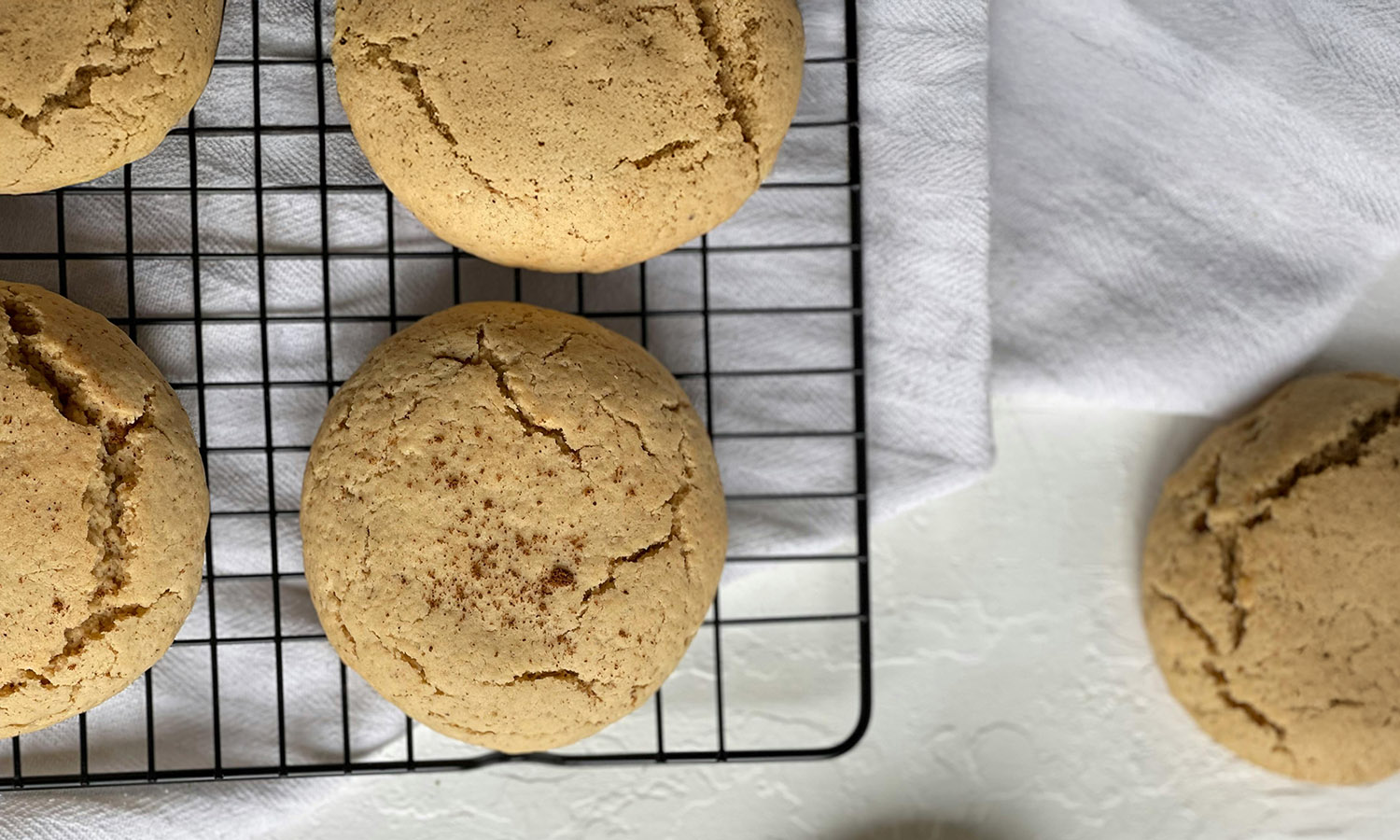
Tea-Infused Macarons
Macarons, the enduringly trendy French export, were born for experimentation. These days, you’ll find the colourful, cream-filled almond meringue cookies in myriad colours and flavours. Earl Grey reigns in the recipe realm, likely for its play on citrus (bergamot) and earthy tea leaf aromas. That said, you can substitute for any tea in this recipe: try jasmine tea for a fresh floral quality or hibiscus for a bold magenta colour and crisp, citrusy notes.
Tea-Infused Syrups
Whether you’re drizzling it on pancakes or waffles, splashing it on elaborate desserts, or mixing it into top-shelf cocktails, tea adds another dimension to traditional sweet syrups. Adding it to a simple syrup couldn’t be simpler. For this recipe, swap out water with your choice of tea. Allow it to steep, then add sugar and stir until it’s fully dissolved. The best part is that you can store the syrup for weeks in airtight mason jars or canning jars, leaving you plenty of opportunities to play.
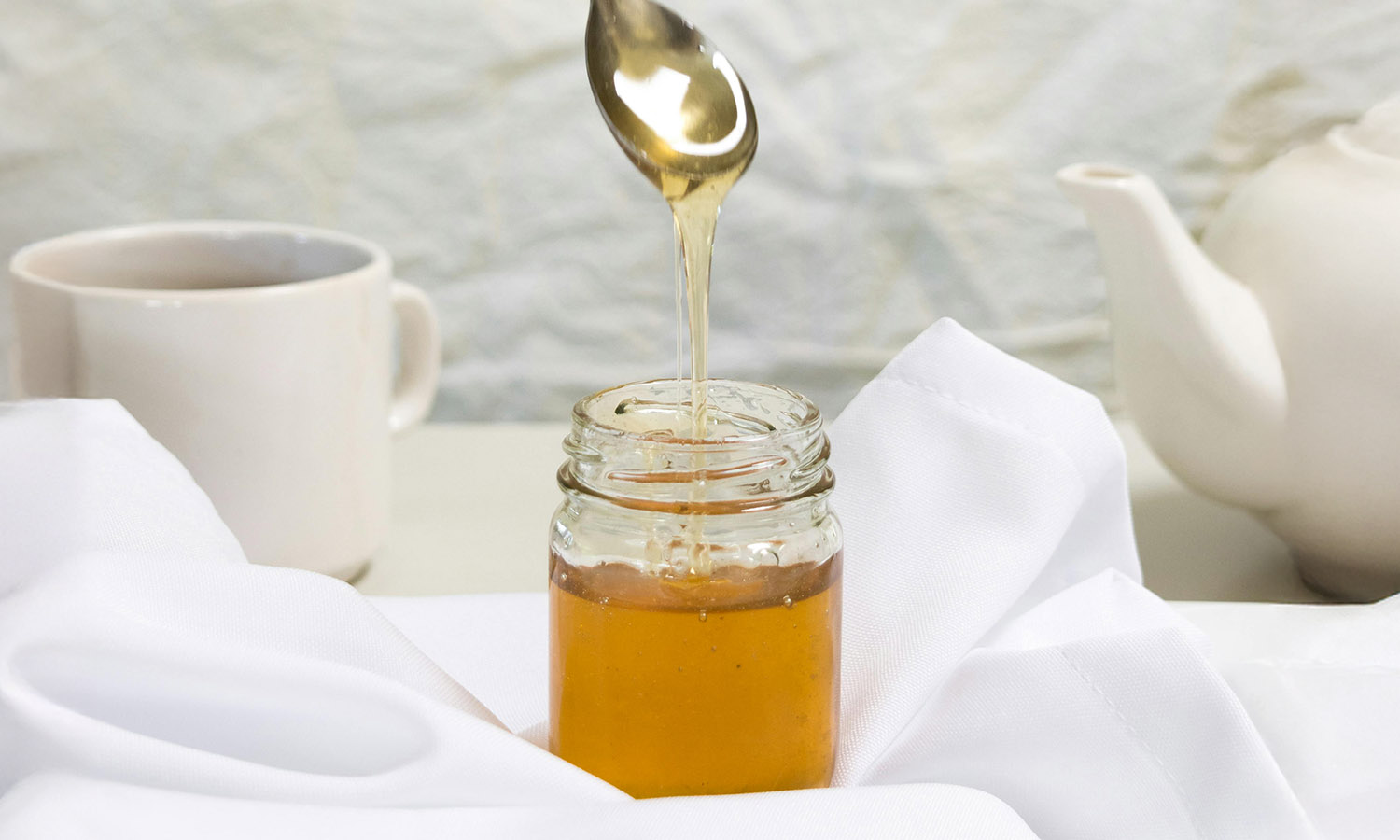
Tea-Smoked Meats
This will come as no surprise to seasoned meat smokers and grill aficionados, but tea leaves like oolong and Lapsang Souchong exude naturally smoky aromatics that perfectly complement smoked meat, poultry or fish. For those eager to achieve the same effect, you can replicate the flavour of the smoking technique without all the fancy equipment: this recipe uses tin foil and a wok for a delicate spin on tea-smoked fish. (The author of the recipe advises opening the windows and using a hooded stovetop.) Once you’ve mastered the art of smoking fish (and not your home), you can apply the same technique to all kinds of meat.
Ochazuke: Japanese Tea-Soaked Rice
Plenty of people swear by cooking rice in tea or adding tea leaves or dried jasmine flowers to the pot, and it’s certainly worth trying. You can also go a step further and infuse other grains like orzo or even quinoa. The smoky, savoury quality of black tea works like broth to add depth and complexity to vegetarian dishes.
Another way to work with tea and rice is the ancient Japanese comfort food ochazuke. Originally conceived as a way of using day-old rice, the recipe is flexible and forgiving. This recipe uses green tea, which is the most common, hence the name, as ocha refers to green tea.
The dish also welcomes variations, so no need to adhere to the original green. All you need is day-old rice, your choice of toppings, and a freshly brewed pot of your favourite tea. Heat up the leftover rice – ideally uncovered, so it doesn’t soften with steam. Prepare toppings, like scallions, hard-boiled eggs or any cooked protein. Brew your tea of choice and pour over the rice in a deep bowl. Garnish to your heart’s content.
Green Tea Noodles
Rice isn’t the only carb in the tea-cooking game; finely ground matcha powder can be portioned into pasta recipes as well. Experiment with quantities for a greener colour and deeper flavour.
Green tea noodles work exceptionally well in ramen, but their earthy flavour also makes them incredibly versatile for mushroom-based sauces or even a hearty Bolognese ragú. Try rolling them out flat to create ravioli and stuffing them with your favourite Asian-inspired fillings, like ginger and scallion or spicy sriracha shredded chicken.
Green tea does come with a subtle tang, so keep that in mind when mixing your dough. This recipe tops matcha spaghetti with lemon, spinach and zucchini, a perfect pairing for matcha’s bright tones.
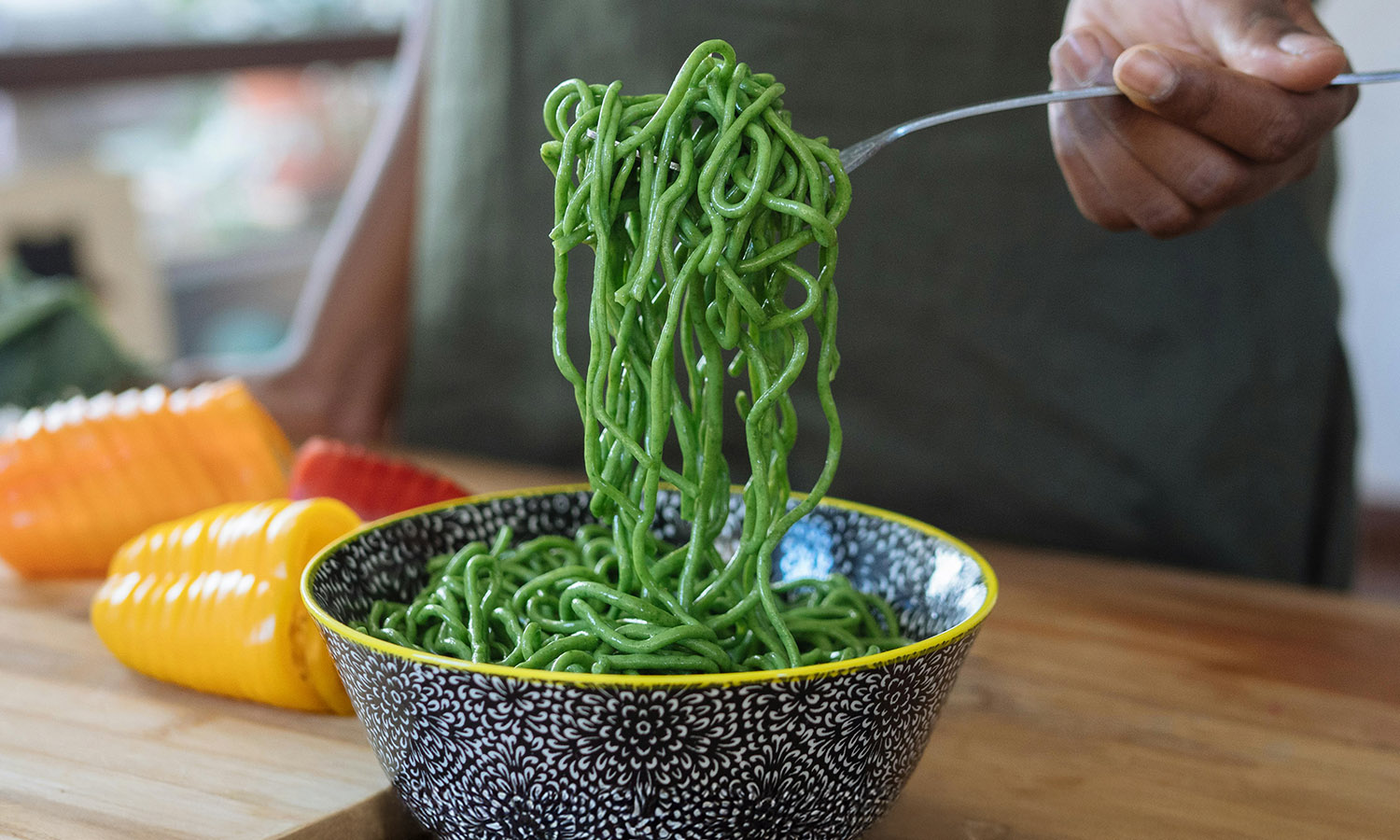
Tea-Braised Beef
Level up your braising game by using tea to season the broth. This recipe calls for steeping orange pekoe tea bags in the broth before adding it to browned meat primed for braising, but you can absolutely mix it up. Any meat, poultry or fish can be tea-braised, so don’t be afraid to get creative.
Chai-Spiced Rubs
The sweet spice blend in chai tea works just as well in savoury dishes as in dessert. Take Kansas City barbecue or Jamaican jerk chicken, for example. Use ground chai tea powder as part of your usual spice rub for meats like pork, chicken or lamb. Or create your own original with chai tea as a base. This recipe for masala chai pork ribs uses Assam black tea for the rub and a whole host of chai spices for the glaze.
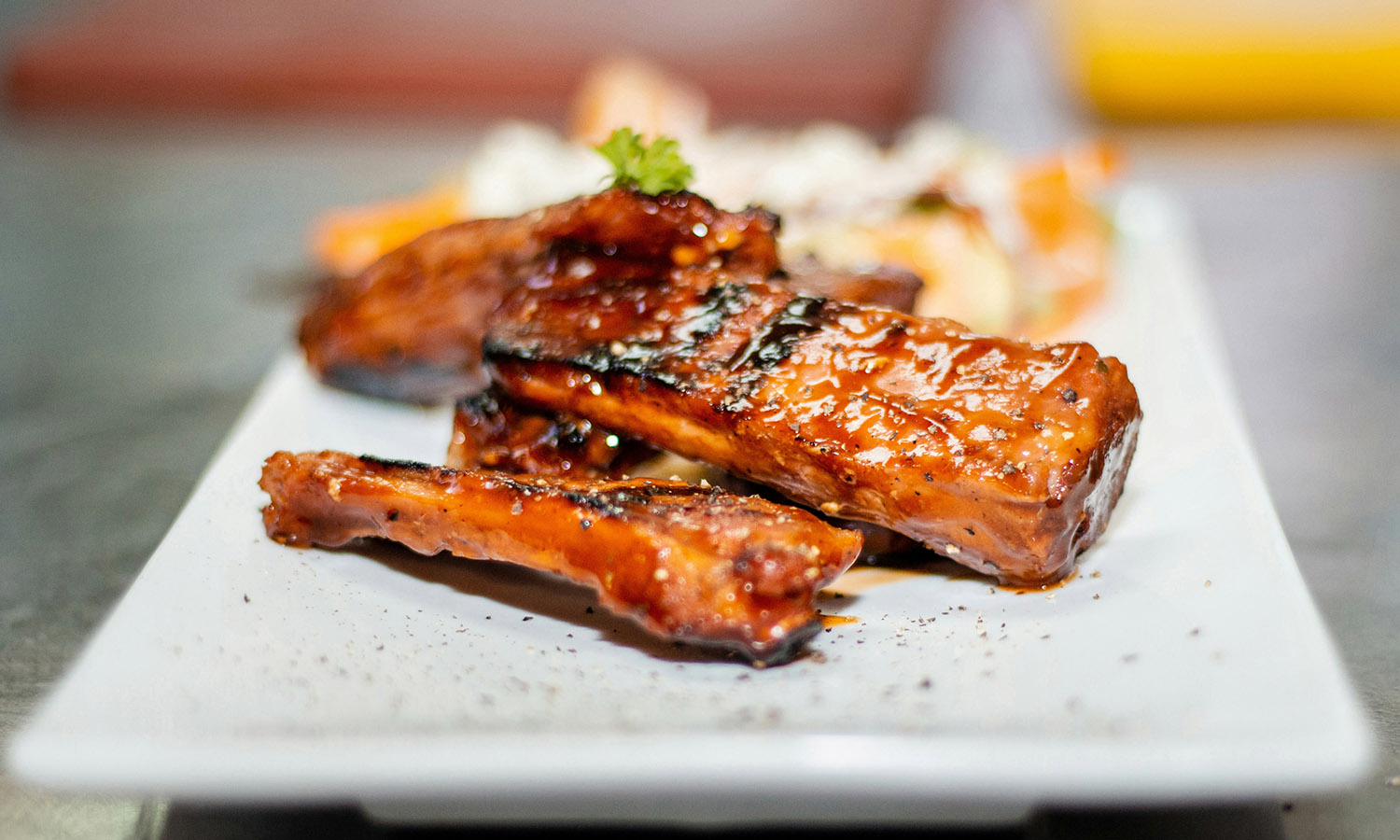
Tea Salt And Sugar
Last but not least, this may seem like a no-brainer, but a dash of ground tea in your sea salt or sugar is a fun way to add extra flavour to anything from salads to hot beverages or even buttered toast or popcorn. Again, use your imagination here – it’s your only limitation.

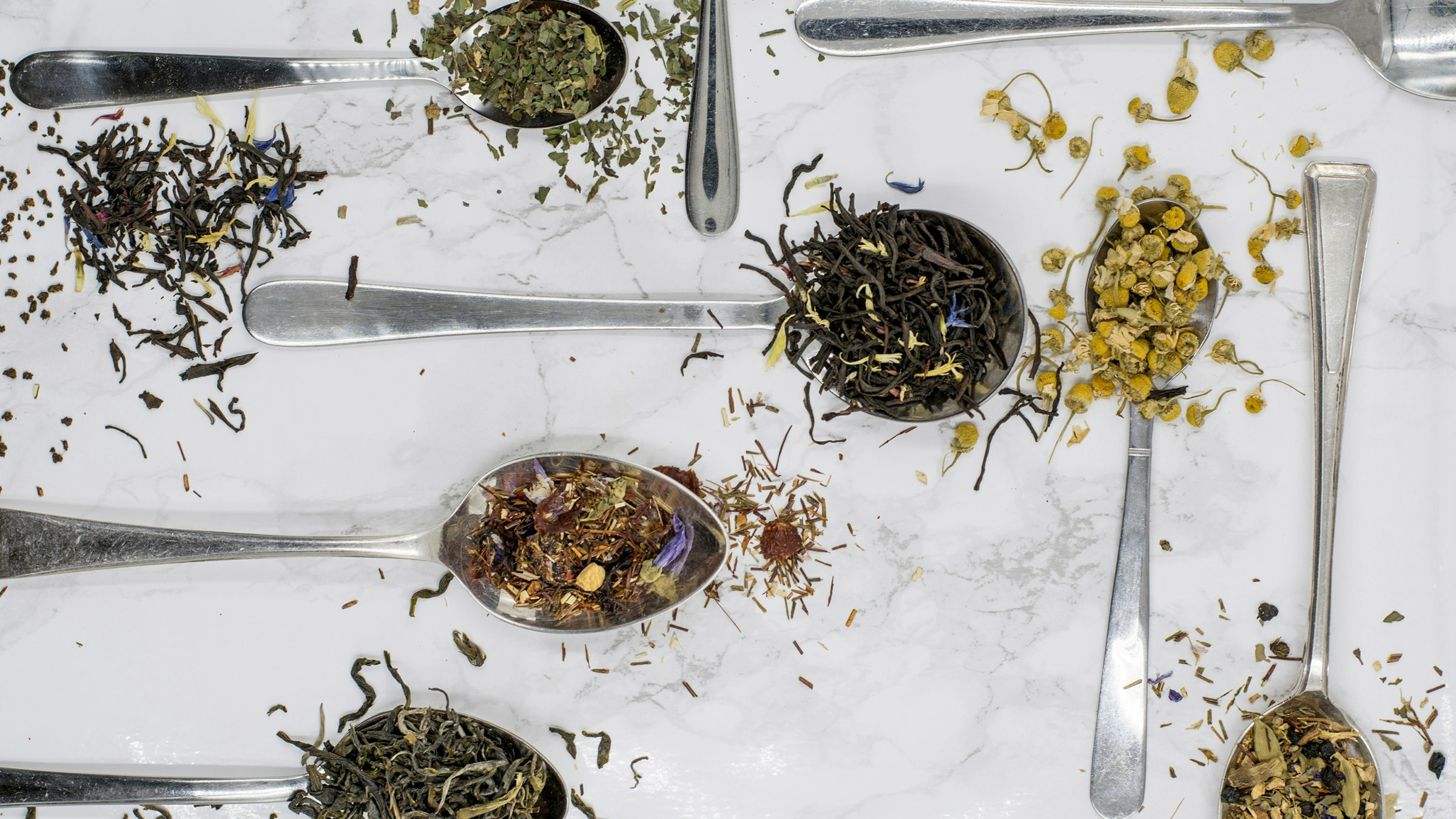

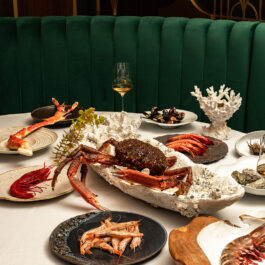

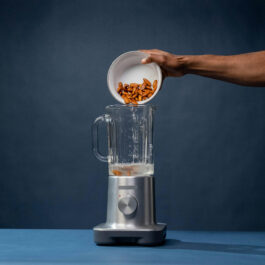


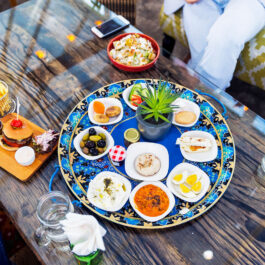

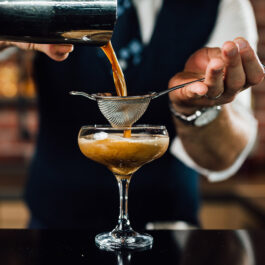

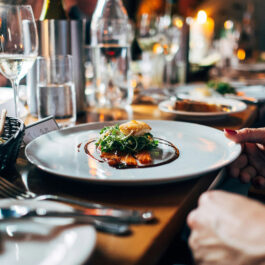
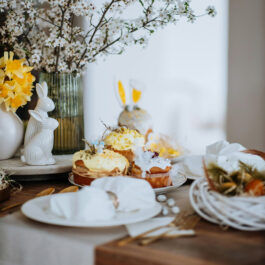
Sorry, the comment form is closed at this time.